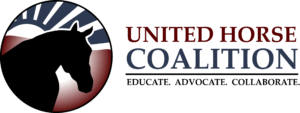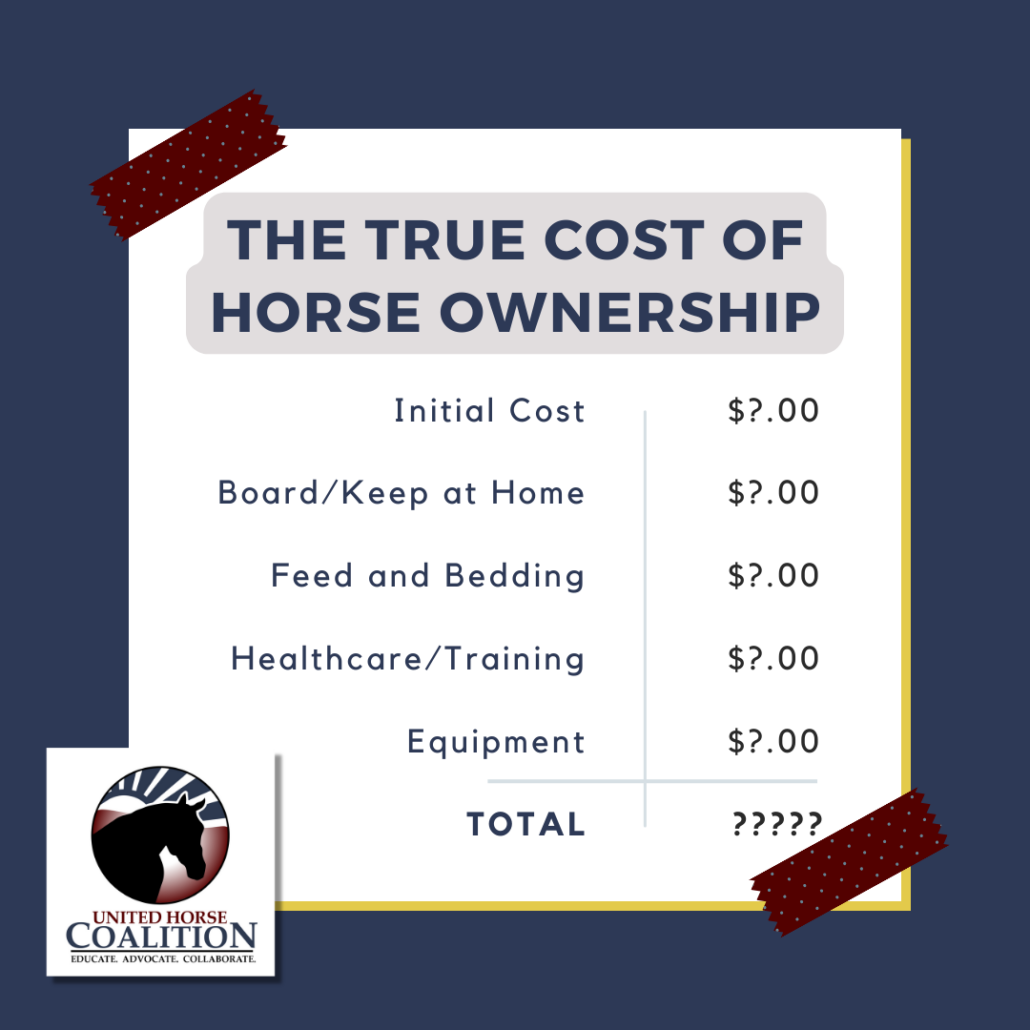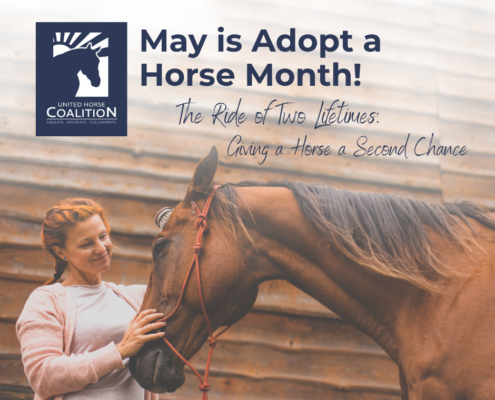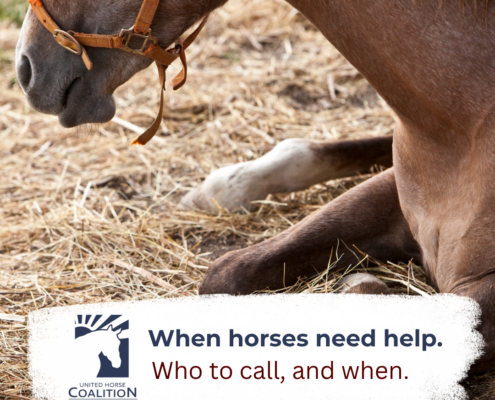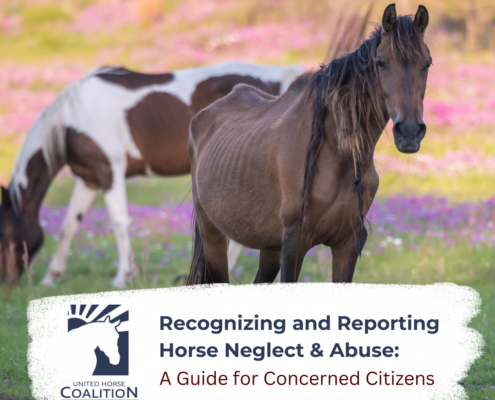The true cost of horse ownership.
What is the True Cost of Owning a Horse?
The cost of horse ownership varies depending on factors such as your goal with the horse, location, and care plan. While calculating these expenses can be complex, understanding them is crucial for budgeting. The true cost of owning a horse is never an easy, singular answer.
The most significant cost is often horse board or housing, followed by expenses like hay and feed, which can fluctuate due to weather and other factors. Because of these factors, and the fact that the economy and world are constantly changing, it is difficult for the United Horse Coalition to give a straight answer as to how much it costs to own a horse.
Instead, we can only share some of the factors to consider in your budgeting and planning.
Initial Cost
Whether you’re purchasing from a private seller, at a public auction, or adopting, there will always be an initial cost to procure the horse. This could range from $50 to seven digits, depending on the breed, the purpose of the horse, and your budget.
When you’re looking to purchase or adopt a horse, you will want to invest in a pre-purchase exam with a trusted veterinarian. You wouldn’t invest in buying a horse without having an inspection, right? The same is said for investing in a horse. A pre-purchase exam will check for any issues that might come up if you’re looking to ride or compete with this horse. Costs may cover the vet’s farm trip expense, radiographs, and blood tests. However, the peace of mind knowing that you’ve checked the horse over and you know what you’re getting is worth more than that investment.
Board or At-Home Horsekeeping
While boarding can seem expensive, especially compared to keeping a horse on your property, it offers valuable benefits, especially for first-time owners. Having an experienced barn manager to assist with horse care is invaluable. Boarding also eliminates the need to find a barn sitter when you travel frequently.
Keeping your horse on your property will entail many upfront costs, from purchasing the land, building/renovating/maintaining the barn, caring for the turnout lots, paying for taxes and utilities as well and procuring and maintaining an inventory of hay and grain, it can all add up. But for some, the ultimate dream is to wake up with your horse in your own backyard, and that will all be worth it.
Feed and Bedding Costs
If you are planning to board your horse, this may already be included in your full board. However, you may be required, or prefer, to purchase your own. Hay costs can vary from state to state, region to region, and from type to type. You’ll want to invest some time in researching the right hay for your horse by speaking with your veterinarian and talking with other horse owners.
You may look at different types of bedding, as well, if you are keeping your horse at home. The most common are wood shavings and sawdust, and those prices also fluctuate with the market.
Healthcare
Before purchasing or adopting a horse or pony, you should have done some research as to the inventory of equine or large animal veterinarians there are in your area, as well as their average costs. (The American Association for Equine Practitioners has some great resources for this.)
Routine healthcare for your horse will include yearly visits with the veterinarian for a physical, recommended vaccinations, deworming protocols, and any other testing that might be needed. If your horse ownership is merely one of convenience and to have as a companion, your routine veterinarian care will be at the low end of costs. If you’re looking to compete with your horse or do more, you will have to invest in more care for your horse.
This should also include regular visits with the farrier and any other routine care you might need to invest in.
Equipment
How will you transport the horse from one point to another? If you plan on showing, trail riding or just taking him to the veterinarian, you need to have a way to transport your horse. This would require a capable vehicle, such as a truck or SUV that can tow a horse trailer (either a gooseneck or a bumper pull).
You may need to invest in a tractor or a larger mower to help care for the fields around your barn. And then there’s the investment in the riding equipment and tack (saddles, bridles, grooming tools, pitchfork and wheelbarrow, etc.) that is needed to care for your horse on a daily basis.
So much of this “stuff” is one large, scary initial investment if you’re looking to keep your horse at home. However, the costs of owning a horse can vary significantly depending on various factors such as boarding, feed, veterinary care, and equipment. It’s essential for prospective horse owners to carefully consider these expenses and create a realistic budget. While the costs can be significant, the rewards of horse ownership, including companionship, recreation, and personal growth, are invaluable for many. By understanding and planning for the financial aspects of horse ownership, individuals can ensure a fulfilling and sustainable experience with their equine companions.
A couple of tools to help you calculate the costs of horse ownership:
- Hay Inventory and Purchasing Calculator from the University of Georgia Extension
- Horse Feed Calculator from Purina
- Horse Illustrated’s Horse Cost Calculator
- My New Horse: How Much Does a Horse Cost Per Month?
